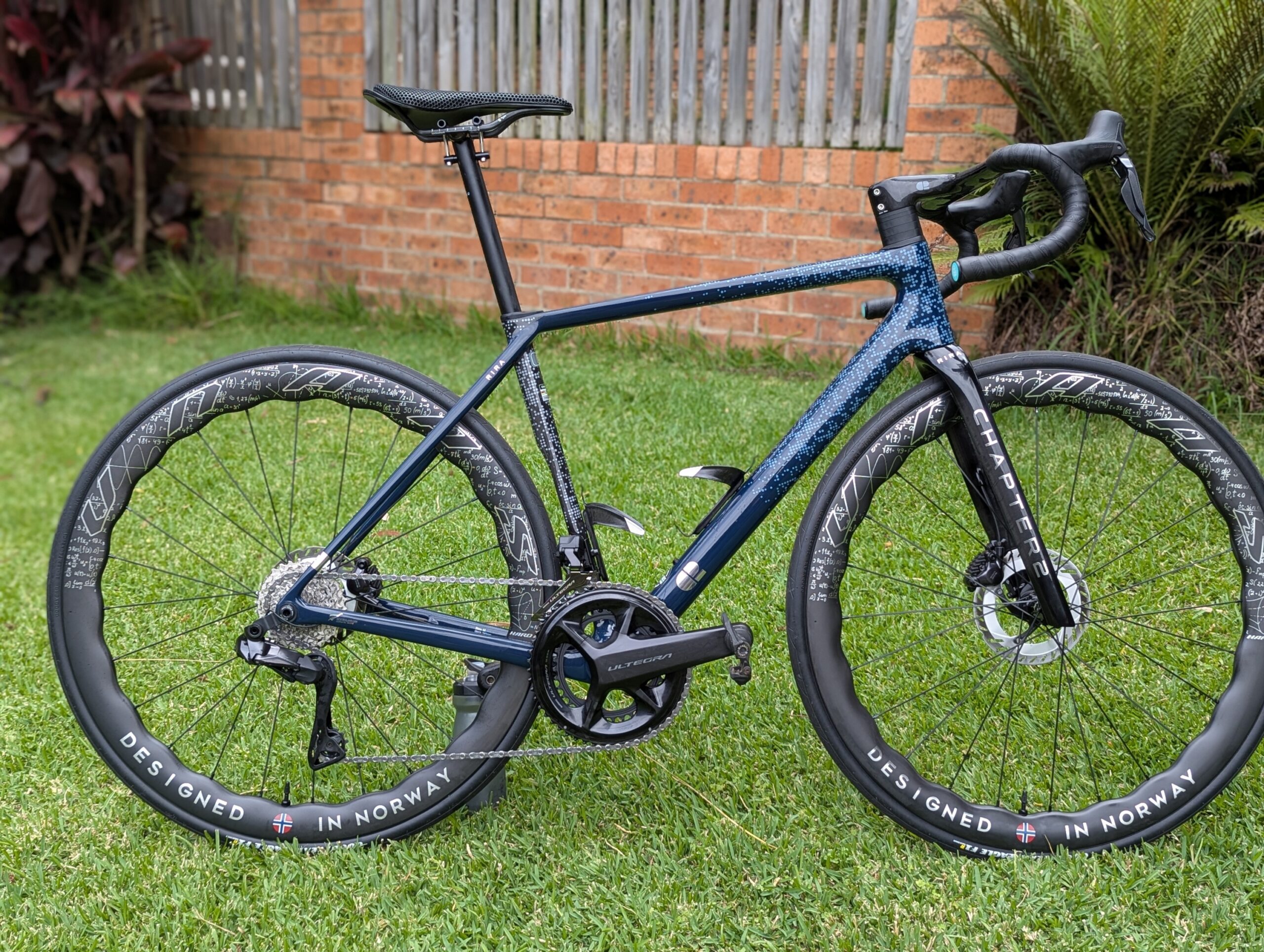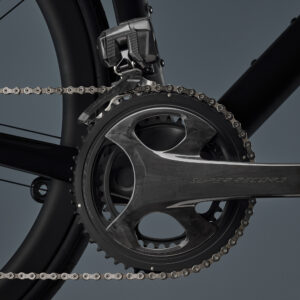Luke Meers has recently ridden and reviewed the latest ‘all-road’ bike from Kiwi brand Chapter2.
In the ever-evolving world of cycling, the Chapter2 Rira is one of the latest models aiming to hit that elusive Goldilocks balance of cycling dynamics. Chapter2, a Kiwi company co-founded by Neil and Mike Pryde in 2017, designs its frames in New Zealand and has carved out a niche through a strong focus on customisation and individualisation.
With the Rira—meaning “to be strong” in Maori—Chapter2 seeks to elevate the riding experience by blending performance, comfort, and style. Of course, the well-known risk of being a Jack (or Jill) of all trades is mastering none. Yet, to its credit, the Rira excels in multiple design areas, making it a truly impressive all-rounder.
Design and build quality
The Chapter2 Rira is built using high-quality Toray T1100 carbon. Without getting too deep into the technical details, this is a high-tensile-strength fibre that has a relatively lower modulus of elasticity compared to some other types. In simple terms, this allows the frame to be lightweight while also offering a bit more flexibility, potentially improving comfort at the cost of some stiffness – a reminder that, in engineering, as in life, everything is a compromise. Of course, the final ride characteristics depend on the frame design, the orientation of the carbon fibres, and the lay-up in critical areas.
At about 950 grams for a size medium, the Rira isn’t the lightest frame on the market, but it still presents a respectable weight reduction—around 150 grams—compared to its predecessor. Notably, these frames are manufactured in Japan by Toray, a global leader in composite materials across industries like aerospace. Chapter2 is clearly prioritising quality over cost here.
This isn’t a fully optimised aero bike—Chapter2’s Koko model fits that role more precisely. However, the Rira does incorporate some aerodynamic considerations, such as an hourglass-shaped aero headtube and a flat-backed seat tube, both designed to minimise drag while enhancing stiffness and rider comfort. That said, looking at the base of the seat tube, the amount of “truncated aero tube” shaping may not be as effective aerodynamically and could even introduce turbulence—though that’s purely speculative and would require wind tunnel testing to confirm.
Ultimately, aerodynamic efficiency isn’t the Rira’s primary focus; instead, it prioritises balanced cycling dynamics and comfort. Interestingly, Chapter2 has opted against the now-common low-set seat stay design, instead bringing the seat stays up to the seat clamp in a more classic style—a choice that, to my nostalgic eye, looks fantastic.
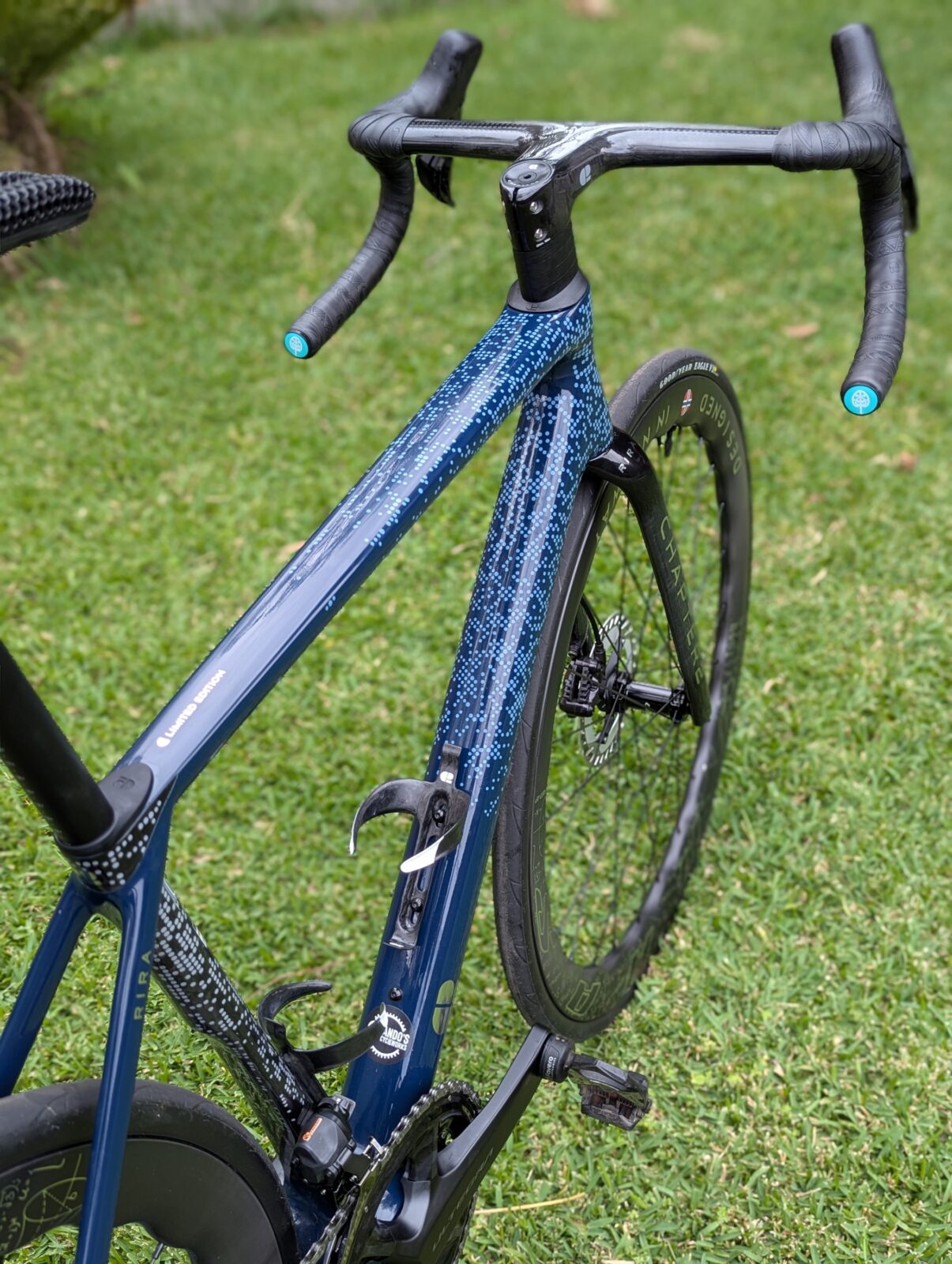
Performance and handling
When it comes to performance, the Rira does not disappoint. The bike’s geometry has been completely revamped to provide quick but consistent handling across all surfaces. This includes a size-specific bottom bracket drop and two size-specific fork offsets.
Chapter2 says the Rira’s headtube stiffness has been increased by 22%, and its bottom bracket stiffness by 12% compared to its predecessor, the Toa.
These improvements were enjoyably evident on the road, with the bike feeling assured when cornering and responsive when accelerating or out of the saddle.
Versatility and comfort
The Rira is marketed as an “all-road” bike designed to handle everything from crit racing to long-distance gran fondos. It offers generous tyre clearance, accommodating up to a 32mm rear tyre and a 34mm front tyre—sufficient for most riders, though slightly limiting if you were hoping to swap in gravel wheels for off-road adventures.
The bike also features fully internal cable routing, which maintains a clean aesthetic and improves aerodynamics. Additionally, the use of a 27.2mm round seatpost and a threaded T47 bottom bracket enhances both comfort and ease of maintenance.
Aesthetics and customisation
Chapter2 has built a reputation for attention to detail, and the Rira is no exception. The bike is available in two striking paint schemes—the one shown here and another that transitions dramatically from white to dark blue. Refreshingly bold in a market where factory colourways often lean towards the uninspired.
Customisation is another strong point of the Rira. Customisable options include handlebar size, cassette, chainring size, crank length and tyre width. The handlebars are proprietary, one-piece carbon designs: the Mana2 or Mana5. These handlebars feature varying degrees of flare from the hoods to the drops, allowing riders to fine-tune their setup. At the hoods, they can be as narrow as 35.5cm, with stem lengths ranging from 80mm to 130mm. I was particularly impressed with the shape, design, and finish of these bars, including the well-executed texturing on the tops.
At this upper-mid-tier price point, you might expect a mix of off-the-shelf components, but the Rira stands out by offering a well-integrated package. Everything—from the bars to the saddle and even the bar tape—feels intentionally selected rather than an afterthought.
The model tested here was equipped with a full Shimano Ultegra Di2 12-speed groupset; however, the Rira is also available with various SRAM and Shimano options. As always, Shimano’s 12-speed Di2 impressed me with its precise, crisp shifting—particularly at the front, where it remains exceptionally reliable.
This particular build also included Unaas Hard2 50mm carbon wheels, which feature a ridged profile reminiscent of Princeton or Zipp designs. While the wheels proudly bear the decal “Designed in Norway,” a bit of research reveals that they are manufactured by the Chinese company Winspace—a well-regarded brand known for its high-quality carbon components, as I’ve noted in previous reviews of their Hyper wheels. The Unaas Hard2 wheels weigh in at 1578g, which is respectable for 50mm stock wheels. They’re also designed to be stable in crosswinds, though I didn’t encounter strong enough conditions during testing to fully evaluate that claim.
The saddle is a 3D-printed carbon TCP model. Initially, I found it quite firm, but after a few rides, I adapted, and it proved to be surprisingly comfortable. Again, this is a premium inclusion that surpasses the standard stock saddles typically found at this price point.
On-the-road evaluation
The bike weighed in at 7.4kg (on my home scales), a respectable figure. On the road, the combination of well-thought-out geometry, quality components, and a well-constructed frameset meant the Rira performed admirably across the board. It felt lively on climbs and reasonably fast when tucked in and pushing speed on the flats.
I tend to avoid getting too carried away with this part of my reviews, as so many of these “feelings” are highly subjective and difficult to verify in a review like this. That said, my impression is that if you’re after a pure race bike, the Rira isn’t the model you’d choose—it’s simply not designed to prioritise speed at all costs. Instead, it feels like the kind of bike that allows you to race when you want to but without compromising comfort. It’s a bike you’d be just as happy riding all day through hills and mixed terrain.
It’s easy to get caught up in the pursuit of speed, but for most of us, cycling isn’t just about going fast—it’s about enjoying the ride and being in the moment. That, to me, is exactly what the Rira delivers at a recommended retail price (RRP) of $10,490, as tested. You get a lot of bike, something that is unique in terms of aesthetics, country of origin and componentry.
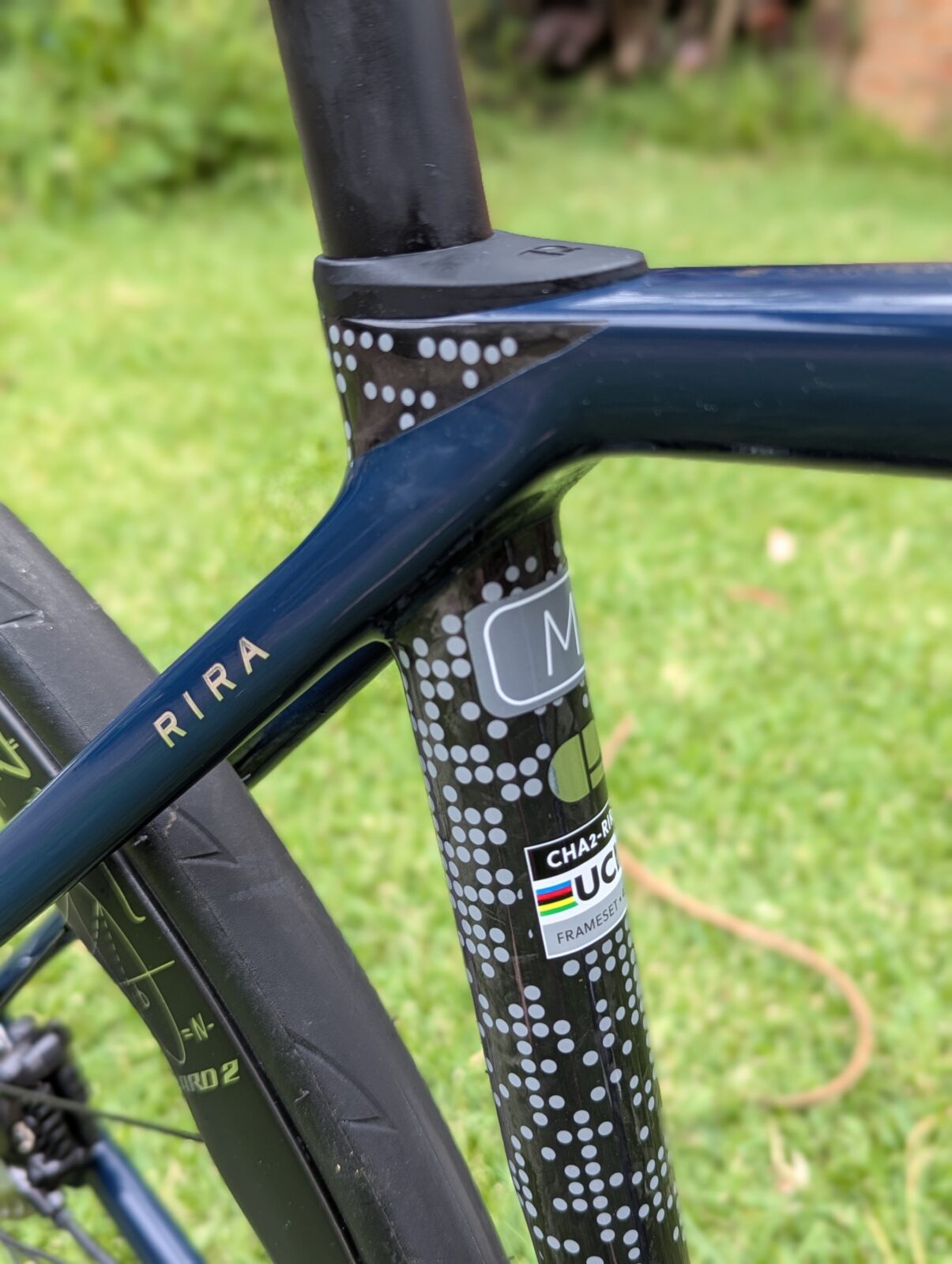
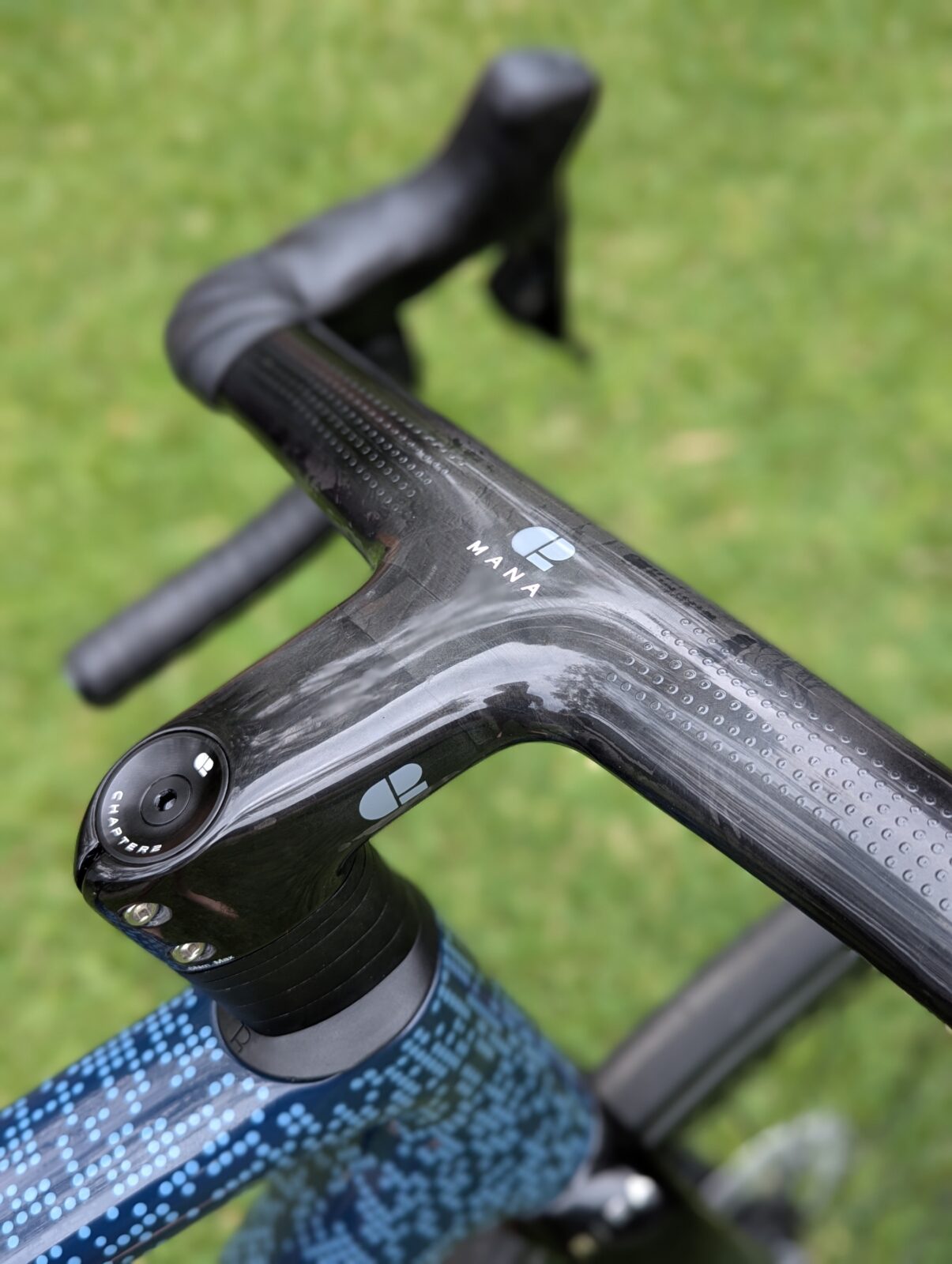
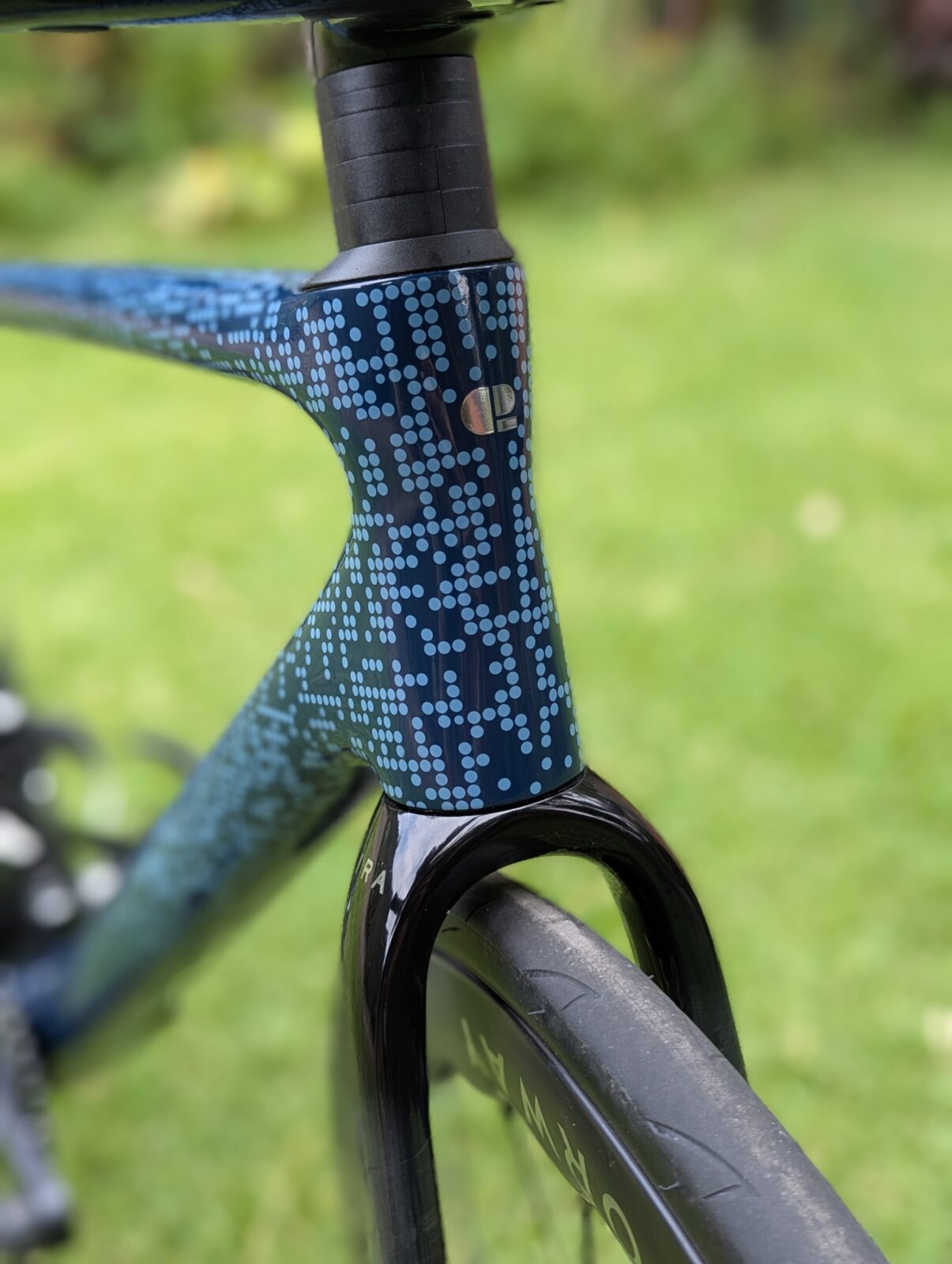

Summing up
Quality
The Chapter2 Rira is built with high-quality Toray T1100 carbon, balancing lightweight construction with comfort, and features premium components that feel intentionally selected rather than an afterthought.
Performance
With its revised geometry, increased stiffness, and well-balanced ride characteristics, the Rira delivers assured handling, responsive acceleration, and a versatile all-road capability, making it suitable for both spirited rides and endurance efforts.
Value for money
At $10,490 as tested, the Rira offers a unique blend of aesthetics, quality construction, and thoughtful componentry, standing out in its price range with quality inclusions like the Ultegra Di2 groupset and Unaas Hard2 carbon wheels.
Overall
The Rira isn’t a pure race bike. Still, it excels as a refined, all-day ride that blends performance and comfort, making it an excellent choice for riders who want a capable, stylish, and well-engineered machine without being locked into a single discipline.
More info chapter2bikes.com.au
Specifications
Frame: Chapter2 RIRA Carbon: 100% Made in Japan by Toray
Fork: Chapter2 Carbon: 100% Made in Japan by Toray
Handlebar/Stem: Chapter2 MANA5 Integrated (Choose your length + width)
Tape: Chapter2 Black Bar Tape
Saddle: TCP 3D Printed Carbon Saddle
Seatpost: Chapter2 Carbon TUMU 27.2mm
Brakes: Shimano Ultegra Di2
Shift Levers: Shimano Ultegra Di2
Front Derailleur: Shimano Ultegra Di2
Rear Derailleur: Shimano Ultegra Di2, 12-speed
Chain: Shimano Ultegra
Cassette: Shimano Ultegra (11-30 or 11-34)
Crankset: Shimano Ultegra (165, 170, 172.5 or 175mm), (50/34 or 52/36)
Bottom Bracket: Wishbone T47 Ceramic Bearings
Wheelset: UNAAS HARD2 Wheelset – 50mm
Rotors: Shimano Ultegra CL800 (140 or 160mm)
Tyres: Goodyear Eagle F1 R – (700x28c or 700x30x) + (Black or Tan Wall) Weight: 7.4kg as measured on test bike

Luke Meers
Luke Meers - Wollongong-based writer Luke is a strong and competitive bike rider. He writes regular tech and gear reviews for Bicycling Australia and isn’t afraid to get his hands dirty.
